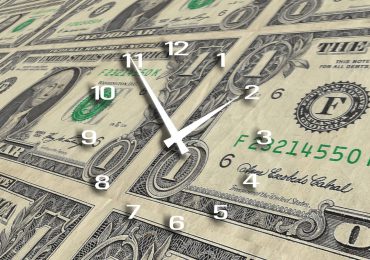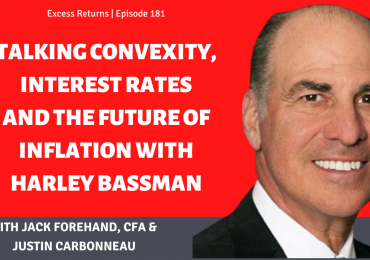The U.S. bond market has been off to a good start for 2023, making investors hopeful that the brutality of 2022 is behind them, reports an article in The Wall Street Journal. Yields on U.S. Treasurys have dropped sharply, more than they rose at this same time last year, and while it’s still too early to project the bond market’s 2023 trajectory with any certainty, the rally is beyond what anyone expected and has bolstered stocks and other assets.
The rally has also helped to make a much more positive trading environment. With the Fed indicating that they will slow down their aggressively-paced rate hikes, investors are feeling more comfortable about putting money back into the Treasury market. Lower Treasury yields also mean lower borrowing costs for both businesses and individual consumers. While that’s good for economic growth, it could make the Fed’s battle against inflation a bit trickier. But investors seem willing to overlook that worry, and market-based inflation gauges have stayed stable, indicating that inflation could drop to the Fed’s 2% target within a matter of months. Those interest-rate expectations play a big role in whether Treasury yields rise or fall; if investors believe that future bonds won’t provide the income they banked on, current bonds become more valuable, and yields drop, the article explains.
There have been two significant occurrences that have fueled investor optimism so far this year, with the first being a jobs report that showed wages rising less than anticipated at the end of last year. Many analysts interpreted that to mean that longer-term inflation may not be as persistent as some feared it would be. The second occurrence was the recent consumer-price index report that showed a steady slowdown in the precise types of inflation that the Fed targeted. Falling Treasury yields are good news for stocks; so far this year, the S&P 500 has risen 4.2% and the Nasdaq has climbed 5.9%, as yields have fallen. However, if yields keep falling because investors are predicting a recession, corporate earnings expectations would also drop, resulting in falling stock prices as well.
While the best outcome would be for inflation to keep easing without sliding the economy into a recession—a scenario that would be good for both stocks and bonds—that could actually result in higher yields, since current bond prices reflect the expectation that the Fed will slash rates again later in 2023, the article contends. The Fed has in no way won its war with inflation yet, and if they decide to raise rates more than anticipated, that could send yields soaring again.
———————————————
Validea runs stock and ETF models based on investment strategies with proven long-term track records. If you’re new to Validea, consider taking a look at our product overview or introductory videos.









